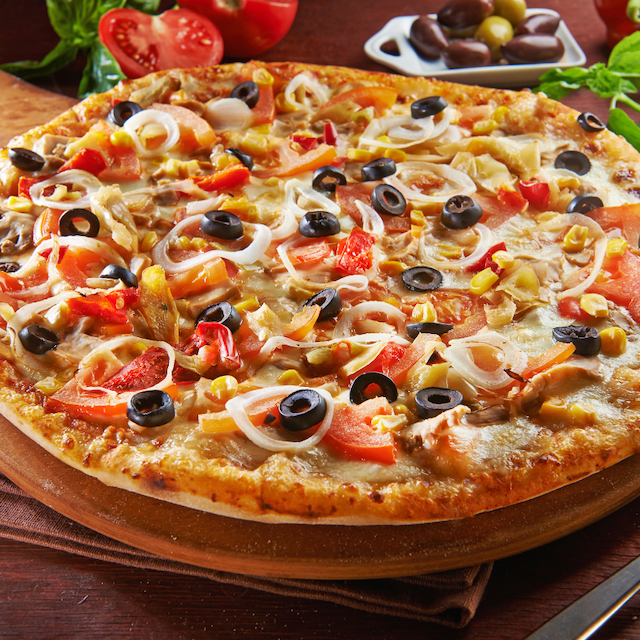Pizza, with its irresistible combination of savory toppings, melty cheese, and a crispy crust, is a beloved favorite around the world. But what about those who follow a gluten-free diet due to celiac disease or gluten sensitivities? Can they indulge in the joy of pizza without the gluten? In this blog post, we’ll explore the carb content of gluten-free pizza and provide insights into how to enjoy a delicious slice while keeping track of your carbohydrate intake.
Understanding Gluten-Free Pizza:
Gluten-free pizza is a variation of the classic pizza, made with ingredients that do not contain wheat, barley, or rye, which are the primary sources of gluten. Instead, gluten-free pizza crusts are typically made from alternative flours like rice flour, almond flour, or tapioca starch. While these crusts are gluten-free, they can vary in their carbohydrate content based on the specific ingredients used and the thickness of the crust.
Crunching the Numbers:
The number of carbs in a gluten-free pizza depends on several factors, including the size of the pizza, the thickness of the crust, and the ingredients used for both the crust and toppings. Here’s a general idea of what to expect:
- Crust: The majority of carbs in a gluten-free pizza come from the crust. A typical small to medium-sized gluten-free pizza (around 10-12 inches in diameter) can contain anywhere from 30 to 60 grams of carbohydrates, depending on the thickness of the crust. Thicker crusts tend to have more carbs than thin-crust variations.
- Toppings: The carb content of pizza toppings varies significantly. Meats like pepperoni and sausage generally have little to no carbs, while vegetables like bell peppers and onions have moderate carb content. If your pizza includes high-carb toppings like pineapple or sweet barbecue sauce, the carb count will be higher.
- Cheese: Cheese contributes minimal carbohydrates to a pizza. However, keep in mind that some specialty pizzas with extra cheese may have slightly more carbs.
- Sauces: Tomato-based pizza sauces are relatively low in carbs, but some specialty sauces or barbecue sauces can be higher in sugars and carbohydrates.
Managing Your Carb Intake:
If you’re monitoring your carbohydrate intake while enjoying gluten-free pizza, here are some tips:
- Choose Wisely: Opt for thinner crusts when possible, as they typically have fewer carbs than thicker ones.
- Load Up on Veggies: Load your pizza with low-carb, fiber-rich vegetables like spinach, mushrooms, and peppers to add flavor and nutrition without excessive carbs.
- Watch the Sauces: Be mindful of specialty sauces or sweet toppings, as they can add extra carbs. Stick to traditional tomato sauce or olive oil for lower carb options.
- Portion Control: If you’re concerned about carb intake, consider sharing your pizza or saving some for later.
Enjoying a delicious gluten-free pizza while managing your carbohydrate intake is entirely possible with some careful consideration of the crust, toppings, and sauces you choose. Gluten-free pizza offers a satisfying alternative for those with dietary restrictions, ensuring that everyone can savor the delightful flavors of this beloved dish while making mindful choices that suit their dietary needs.
